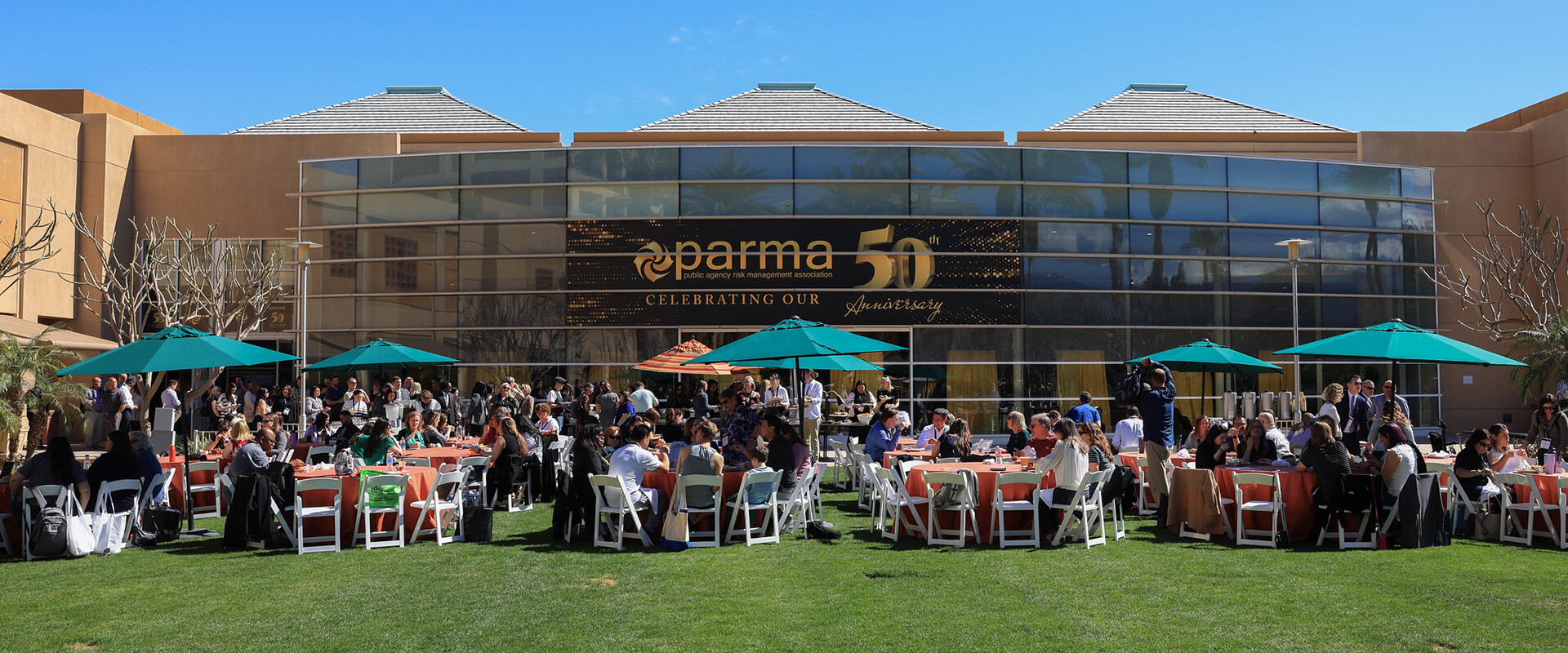Fighting wildfires has traditionally been a response driven by experience, but as conditions change, as they have in California, that response becomes more difficult.
Climate change has made the wildfire seasons in California longer and more severe, and that makes response that is based on history and experience difficult. But that’s beginning to change because of technology as more than 700 stakeholders learned this week at the Wildfire Technology Innovation Summit held at California State University, Sacramento.
A recent drought in California and global warming, in part, has led to increasingly intense fires that in 2017 and 2018 killed more than 100 people in 2017 and 2018, burning more than 875,000 acres. The changing conditions have resulted in a fire season that is nearly year-round.
One of the many keys to fighting wildfires in the future as conditions continue to change, is to create wildfires’ potential indexes, traditionally developed at weather stations, via technology, such as a gridded forecast system, that not only provides relevant data but also changes the behavior of stakeholders.








